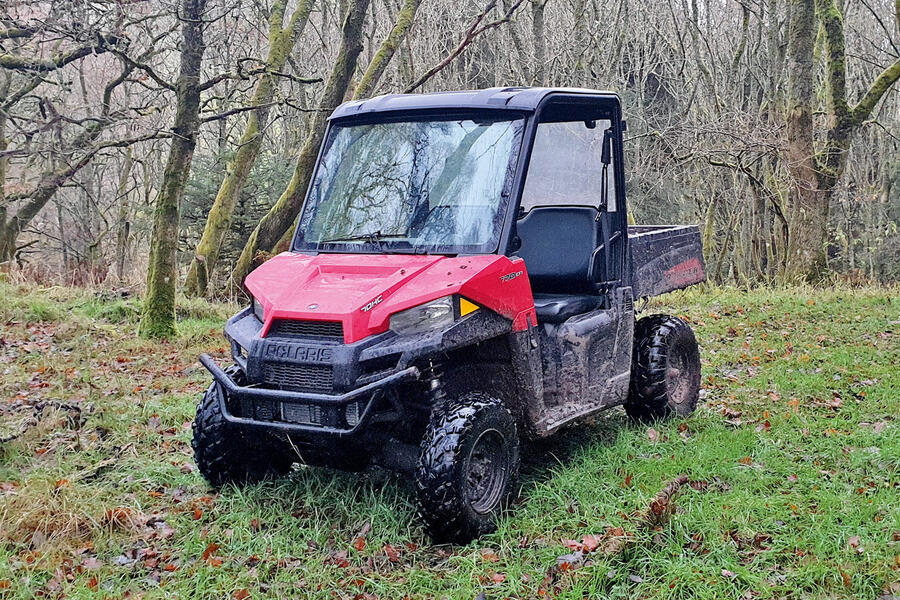“Hang on.”
Two innocent words, but not the ones you want to hear just as you’re about to be lowered down a 65deg slope, strapped tight into a metal stretcher. Seven more words slip into my brain: “I really must stop volunteering for things.”
I’ve no idea what the volunteers of the Central Beacons Mountain Rescue team did to resolve the issue, but 30 seconds later I’m back on the move, staring at the sky and putting all my faith in seven Welsh rescuers and several metres of rope.
We’re in the Brecon Beacons National Park, spending a day with the volunteers who dedicate their lives to rescuing walkers/cyclists/ motorcyclists/sheep in this part of South Wales. Crucially, we’re here to learn what life is like after the Land Rover Defender.
![]()
Mighty impressive though the new model is, it’s fair to say that economics and design (after it was Gerry-fied) have meant it has slipped off the radar for the sort of working people who made the original Defender the icon it is. There is one in service with the mountain rescue team in Patterdale, Cumbria, but a lot of others are looking at alternative solutions now.
The Central Beacons team is one such example. They used to use a Land Rover Defender 110 and a Ford Ranger, but their shift away from the Land Rover was hastened by a fire at their base, and it has been an interesting, if laborious, process to find a replacement.
It’s worth reinforcing at this stage that the Central Beacons team, like most mountain rescue outfits, are volunteers. They all have day jobs, families and lives outside the red jackets. They can get up to 130 callouts a month (the summer is busiest), most of those at weekends and each usually lasting three to four hours.








Join the debate
Add your comment
But yes, nothing to do with the car, I am sure it's perfectly capable.
Land Rover do not even make a 4 door pick up to compare, lover to see the discount too.
so you keep repeating, I think you've a screw loose
Unimogs are popular with utility companies. Down here in Somerset, Western Power Distribution use them.